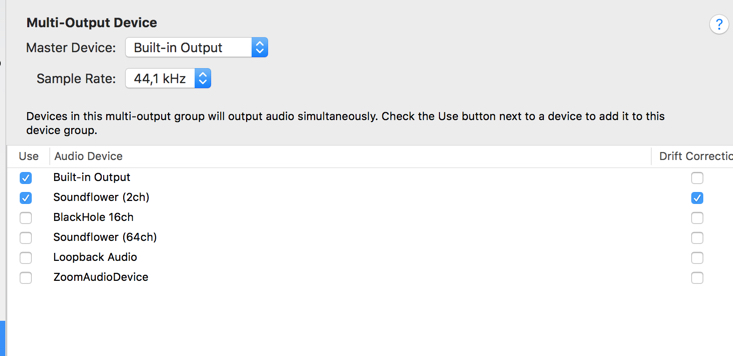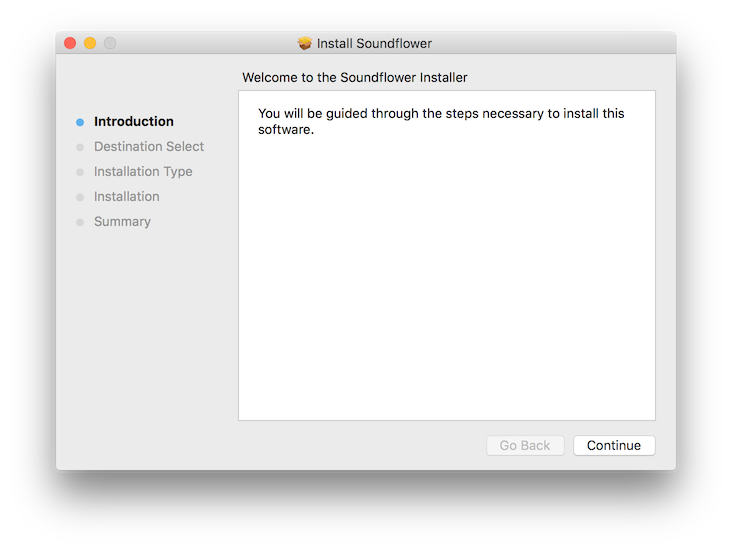
These are system-level audio devices which can be used in real-time by other audio applications on your Mac.

So how does Loopback do all this, and more? The secret to Loopback’s power lies in its ability to create ”virtual audio devices”. With Loopback, you can record audio from both the microphone and the application being filmed, so you get just the audio you need. Neither of these options tends to be ideal.


Screen recording tools like QuickTime Player tend to allow you to include either audio from a microphone or all the audio from your system. With Loopback, you can combine multiple physical input devices into a single virtual device with many channels, for easy recording in any application. Thankfully, these apps can record from nearly infinite channels. Presto! Your guests on Skype will hear your voice, as well your sound effects and musical add-ons.Īudio apps like GarageBand, Logic, and Ableton Live only allow you to record from a single audio device at a time. Take audio from your physical microphone and combine it with audio sources like iTunes or QuickTime Player. It’s like having a high-end studio mixing board right inside your computer, with no physical wires required! Loopback: What Is It Good For?Ībsolutely all your audio routing needs! Here are just a few examples of what Loopback can help you do. Loopback’s virtual audio devices make it trivial to arrange complex audio setups that were difficult or even impossible before. With just a few clicks, you can easily pass audio directly from one application to another. Loopback gives you incredible control over how audio is routed between applications and devices on your Mac. We’re very pleased to introduce our newest application: It’s not often that we get to release a brand-new product here at Rogue Amoeba, so today is a special day. Click Start recording, edit the title accordingly, and share the conversation as needed.Posted By Paul Kafasis on January 11th, 2016 this is the destination application to which the audio is routed from the source application). On the same computer, open a web browser and log into (i.e. the same way that your human transcribers currently access the real-time video feed on their computersģ. this is the source application from which the audio will be routed to the destination application) e.g. Then do the same with the input.Ģ.Open the real-time video feed (i.e. If you are using iShowU Audio Capture or Loopback, just make sure that your Multi-Output Device uses those instead of Soundflower. Next, set the Input to Soundflower (64ch), so the destination application can only hear the routed audio from the source application, and not pick up any sound from the default microphone.

In System Preferences > Sound, set the Output to Multi-Output Device, which I'd defined as Soundflower (64ch) + Internal Speakers / Headphones, so both the destination application and I can "hear" the audio. Other alternatives include iShowU Audio Capture or Loopback.
#LOOPBACK VS SOUNDFLOWER INSTALL#
On a computer, install a utility software that can route audio between applications.įor Mac, I use Soundflower, with a setup tutorial video here.
#LOOPBACK VS SOUNDFLOWER HOW TO#
How to transcribe a (live) video on a Mac without playing the sound on speaker mode, using Otter.aiġ.


 0 kommentar(er)
0 kommentar(er)
